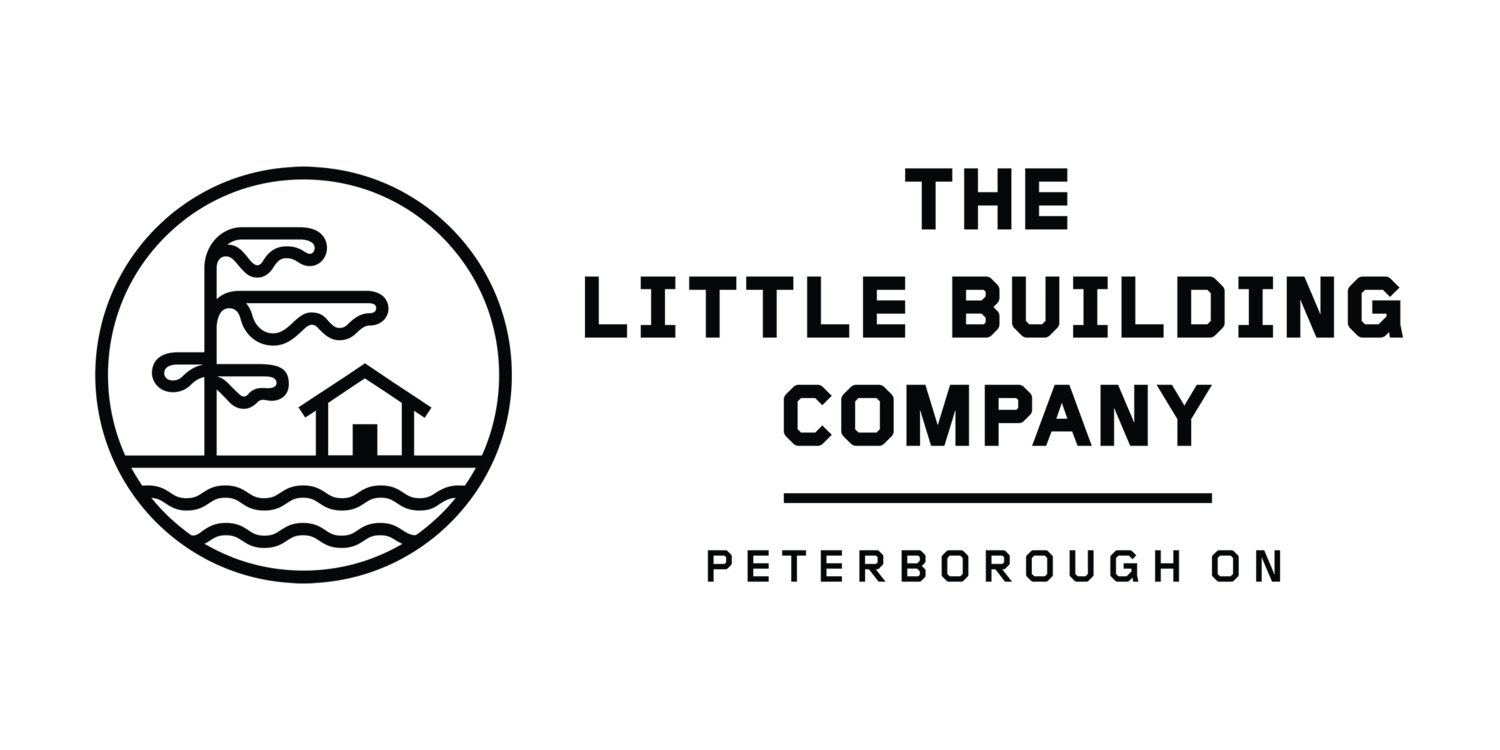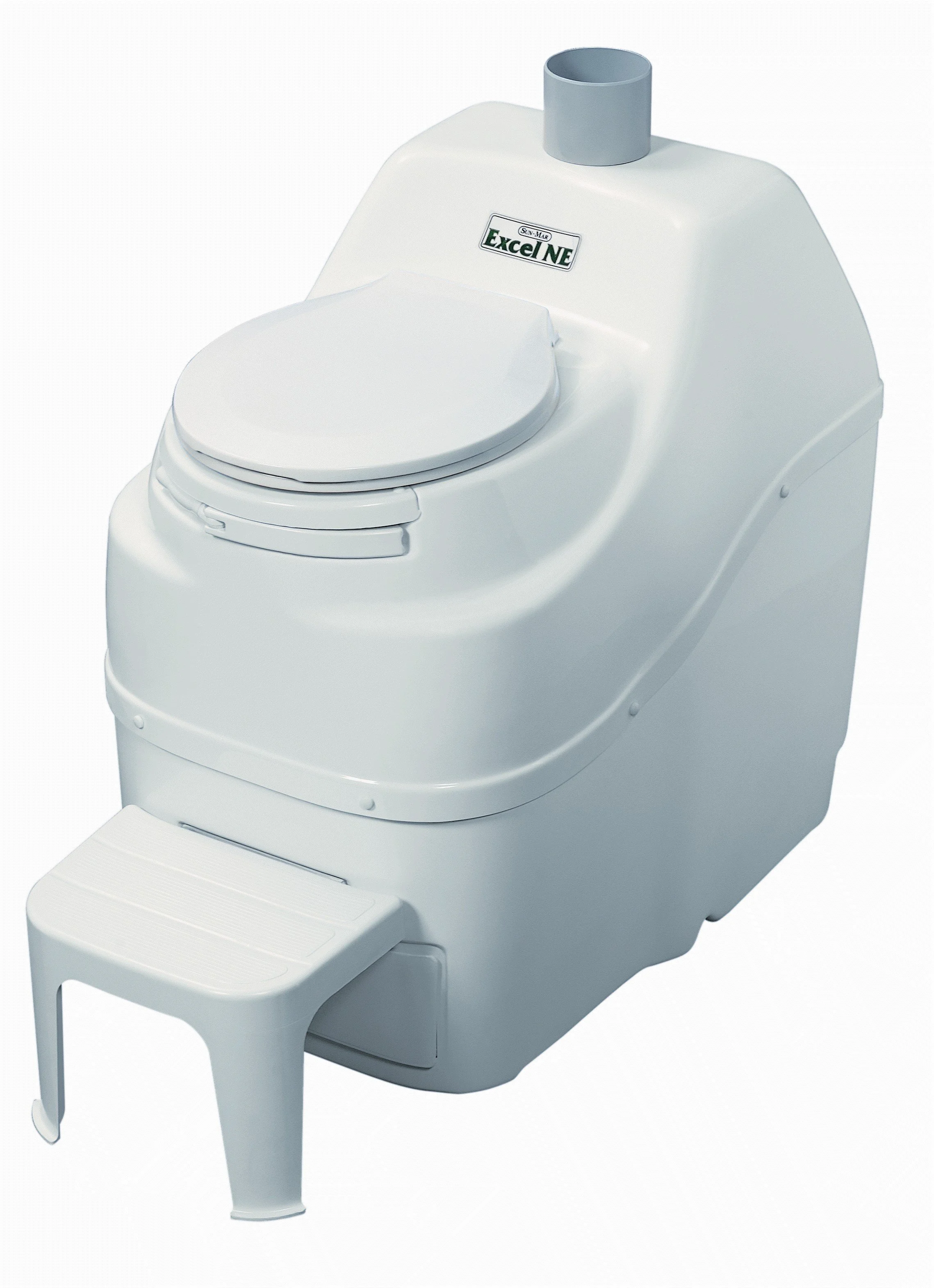When it comes to outfitting a small cabin, the choice of toilet can make a significant impact on comfort, convenience, and environmental footprint. Two popular options for off-grid and eco-conscious living are composting toilets and incinerating toilets. Each has its unique advantages and drawbacks, so let's delve into the pros and cons to help you make an informed decision.
Composting Toilets
Pros:
Eco-Friendly: Composting toilets use natural processes to break down waste into compost, which can be used as fertilizer. This makes them an excellent choice for those looking to minimize their environmental impact.
Water Conservation: These toilets do not require water for flushing, making them ideal for off-grid locations or areas with limited water resources.
Low Operational Cost: After installation, the cost of operating a composting toilet is minimal since it doesn’t require water or sewage services.
Nutrient Recycling: The compost produced can enrich gardens and landscapes, contributing to a sustainable living environment.
Simple Installation: Typically easier to install than traditional septic systems, composting toilets are suitable for remote areas.
Cons:
Maintenance: Regular maintenance is needed, including adding composting materials like sawdust and periodically removing compost.
Odor Control: Proper management is essential to control odors and ensure the composting process works efficiently.
Initial Cost: Some models can be expensive to purchase and install.
Space Requirements: Certain systems require a larger footprint to accommodate the composting chamber.
Incinerating Toilets
Pros:
Sanitary: Incinerating toilets burn waste, leaving behind a small amount of sterile ash that needs occasional emptying.
Odor-Free: Properly functioning incinerating toilets do not produce odors, making them a clean option.
Minimal Maintenance: Less frequent maintenance is needed compared to composting toilets, mainly just emptying ash and occasional servicing.
No Water Required: Similar to composting toilets, incinerating toilets do not need water for operation.
Compact: Typically more compact and can fit in smaller spaces than composting systems.
Cons:
Energy Usage: Requires electricity or propane to incinerate waste, which can be a drawback in off-grid settings or where energy is limited.
Operational Cost: Higher ongoing costs due to energy consumption.
Initial Cost: Can be more expensive upfront compared to other types of toilets.
Installation: Requires venting and a reliable energy source, which can complicate installation in some settings.
Which Should You use for a Small Cabin?
Composting Toilets:
Ideal for: Eco-conscious users who prefer a sustainable, low-energy solution and do not mind regular maintenance.
Best Conditions: Cabins with ample space for the composting unit and where creating compost for garden use is desirable.
Incinerating Toilets:
Ideal for: Users who prioritize sanitation and convenience, have a reliable energy source, and prefer minimal maintenance.
Best Conditions: Cabins with limited space and where access to power or propane is not an issue.
Do Propane Incinerating Toilets Need Power?
Incinerating toilets, whether propane or electric, generally require a small amount of electrical power to operate certain components, such as fans for ventilation and control systems. Here’s a closer look at what’s involved:
Power Requirements:
Ventilation Fans: To ensure safe and efficient incineration, these toilets use fans to vent gases and smoke outside. These fans typically run on electricity.
Control Systems: The electronic control panels used to manage incineration cycles and safety features also require electrical power.
Using a Solar Setup:
Small Solar Setup: A very small solar setup can be adequate to power the necessary components of a propane incinerating toilet. The power requirements are generally low, often in the range of 12V DC or a few hundred watts AC.
Components Needed:
Solar Panels: Even a single small solar panel (50-100 watts) can be sufficient.
Battery: A small battery (such as a 12V deep cycle battery) to store energy generated by the solar panel.
Charge Controller: To manage the charging of the battery and prevent overcharging.
Inverter (if needed): If the toilet components require AC power, an inverter will convert the DC power from the battery to AC.
Example Solar Setup for a Propane Incinerating Toilet:
Solar Panel: 100W panel
Battery: 12V 100Ah deep cycle battery
Charge Controller: 10A solar charge controller
Inverter: 300W inverter (if AC power is needed)
Final Recommendation:
For a small cabin, the choice between a composting toilet and an incinerating toilet hinges on your specific priorities and circumstances:
Choose a Composting Toilet if you value sustainability, have space for the system, and don't mind the maintenance involved.
Choose an Incinerating Toilet if you prefer a low-maintenance solution, have access to a reliable energy source, and prioritize sanitation and odor control. With a small solar power setup, you can ensure your propane incinerating toilet operates smoothly and sustainably, even in remote locations.
By weighing these pros and cons, you can select the best toilet system to enhance the functionality and comfort of your small cabin, ensuring it meets your needs and environmental values.



